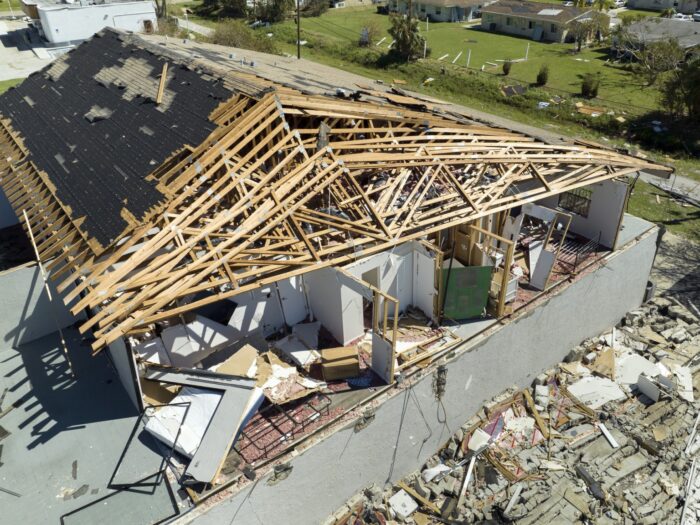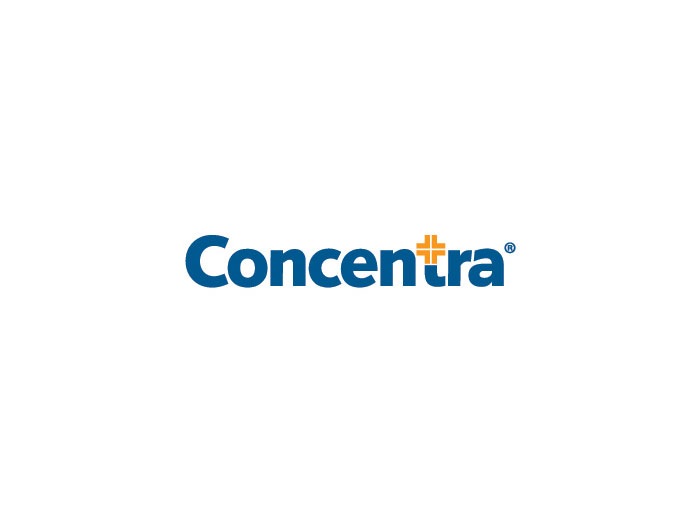Secondary Perils Drive Major Losses for U.S. Insurers

Secondary perils like severe convective storms and wildfires have become major causes of loss for U.S. property and casualty insurers, driving significant reassessment of pricing models and risk management strategies, according to AM Best.
The frequency and severity of weather-related losses have dramatically increased in recent years, forcing insurers to adapt their strategies.
Twenty-two states experienced 10-year maximum property catastrophe loss ratios exceeding their 10-year medians by more than 20 percentage points, indicating significant volatility. Many of these are traditionally catastrophe-prone regions, but secondary perils are now affecting states like Tennessee and Kentucky with greater frequency, according to the report.
The scale of these events is noteworthy. In 2024, the U.S. experienced $27 billion weather events, comparable to 2023’s 28 events. This represents a significant increase from the 2010-2022 average of 15 such billion-dollars events per year.
These costly disasters are also becoming more geographically expansive, with Texas impacted by 20 of last year’s billion-dollar weather events in 2024, Florida by 11, and Louisiana by 10, according to AM Best.
Secondary perils present unique challenges as they tend to be harder to predict than primary perils, occur with little warning, and often affect multiple regions simultaneously, AM Best noted. This unpredictability has prompted insurers to reassess their pricing models, especially in high-risk regions where premium adjustments are becoming essential.
Regional and Single-State Insurers Face Heightened Risk
While national insurers dominate the U.S. property catastrophe market, accounting for nearly 87% of direct losses paid in 2023, smaller insurers face disproportionate challenges. In states such as Kentucky, Tennessee, Wyoming, and Louisiana, single-state and regional companies tend to have a greater share of claims compared to their premiums, indicating higher concentration risk.
Market disruptions continue as some national carriers reduce their risk appetites, creating potential opportunities for single-state and regional writers, AM Best noted. However, these smaller companies generally have less geographic diversification, making them more vulnerable to localized catastrophic events.
Reinsurance challenges compound these issues. Jan. 1, 2025, reinsurance renewals showed geographic pricing differences, with areas more subject to severe weather facing changes in terms and conditions, the report said.
Effective Stress Testing Essential for Risk Management
As catastrophic events increase in frequency and severity, insurers need robust enterprise risk management (ERM) frameworks that include regular stress testing.
“Stress testing should consider risk appetite and tolerance, as well as net exposure, the impact from multiple events, liquidity and reinsurance structure and dependence,” said Jason Hopper, associate director, Industry Research and Analytics at AM Best. “Understanding true exposures and considering all plausible scenarios is important. With the availability of aggregate reinsurance protection limited, some carriers have been severely impacted by the aggregation effects of multiple, smaller events.”
While larger companies typically have more developed ERM frameworks, insurers of all sizes have been working to establish these essential systems. Balance sheet strength assessments remain generally strong across property catastrophe companies of all sizes, though they trend more favorably for companies with greater geographic reach, AM Best said.
For insurers to remain resilient in this changing climate landscape, they must properly identify and report risks, set appropriate risk appetite levels and tolerances, and consistently stress test for both modeled and non-modeled risks while maintaining adequate risk management controls.
Obtain the full report here. &










